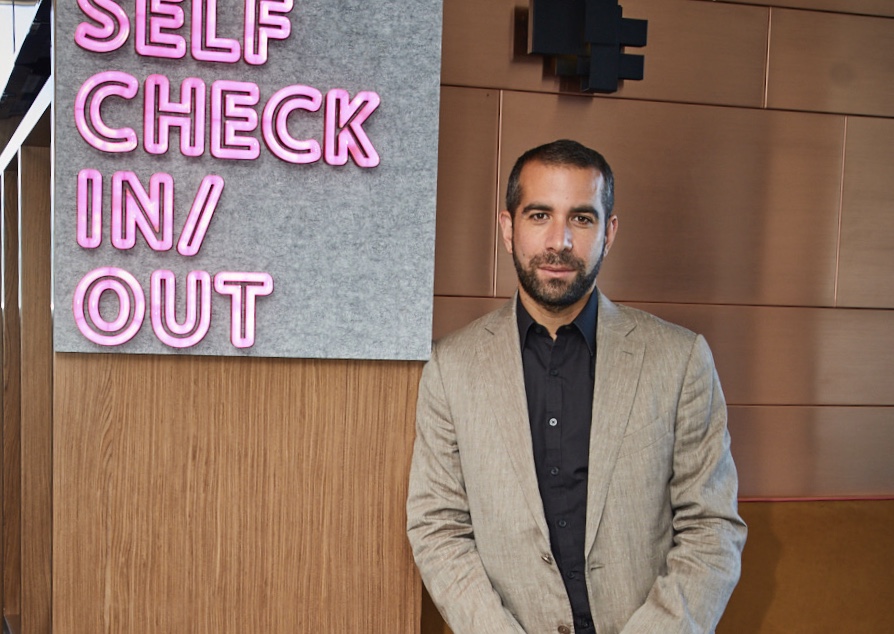Paul Fischmann’s tenure in the boutique hotel game spans almost 17 years, during which time his fondness for curated style and conceptual design has left indelible marks on the hospitality landscape.
Notable venues developed by 8 Hotels include Darlinghurst’s iconic Kirketon hotel, the 5-star heritage-listed 1888 Hotel in Pyrmont (The World’s first Instagram hotel) and the more recent (but no less idiosyncratic) Felix at Sydney Airport – and, of course, the stunningly detailed and delightfully eclectic Little Albion Guesthouse in Surry Hills, winner of the Paul Davis Award for Hotel Design at the Australian Hotel Industry Conference and Exhibition (AHICE).
With two new projects planned for Surry Hills and Kensington, 8 Hotels looks set to expand its footprint, offering Sydney travellers a new wave of inspired rooms in which to unwind.
BD: Tell us how you started out in the hospitality business
PF: Well, I fell into the boarding house / back-packers space much as I fell into the hotel space some years later.
After high school, I was fortunate to be introduced to and become part of a group of dynamic young property players who have grown to shape much of our city since. Through these connections, an opportunity came about to take a lease over a boarding house, from there I opened back-packers hostels and then onto hotels.
BD: You seem to have a strong ‘conceptual’ approach to the offering and design of each individual project you undertake, driven largely by the supporting local flavour and amenity of an area. Can you expand upon this approach?
PF: Well first we’re confined by the physical real estate and its limitations, scale, location etc so from there I get a sense of where the positioning of the product should be. Then I tend to let some ideas flow organically over time generally while working on the early planning stages. Usually an idea and or brand hit and from there I like to create a behind the scenes story that I use to subtly finesse the overall concept. From that point, because developing hotels is such a collaborative exercise, we have a lot of input from architects, planners, interior designers, builders, graphic designers, artists and food & beverage specialists who all help to form the end product.
BD: Please share some examples of how this approach translated into unique hospitality experiences?
The Felix at Sydney airport.
PF: Felix was inspired by the architect’s first ideas for the exterior. It had, to me, a 60’s feel and we wanted something to stand out at the airport so from there we started thinking about a brand that centred around this reimagined Gatsby-esque character called Felix with a ‘catch me if you can’ 60’s sexy, golden years of flying vibe, with an airline thematic throughout. Then we put the reception, lounge, bar and restaurant on the penthouse floor providing spectacular views of the runways with planes flying in and out.
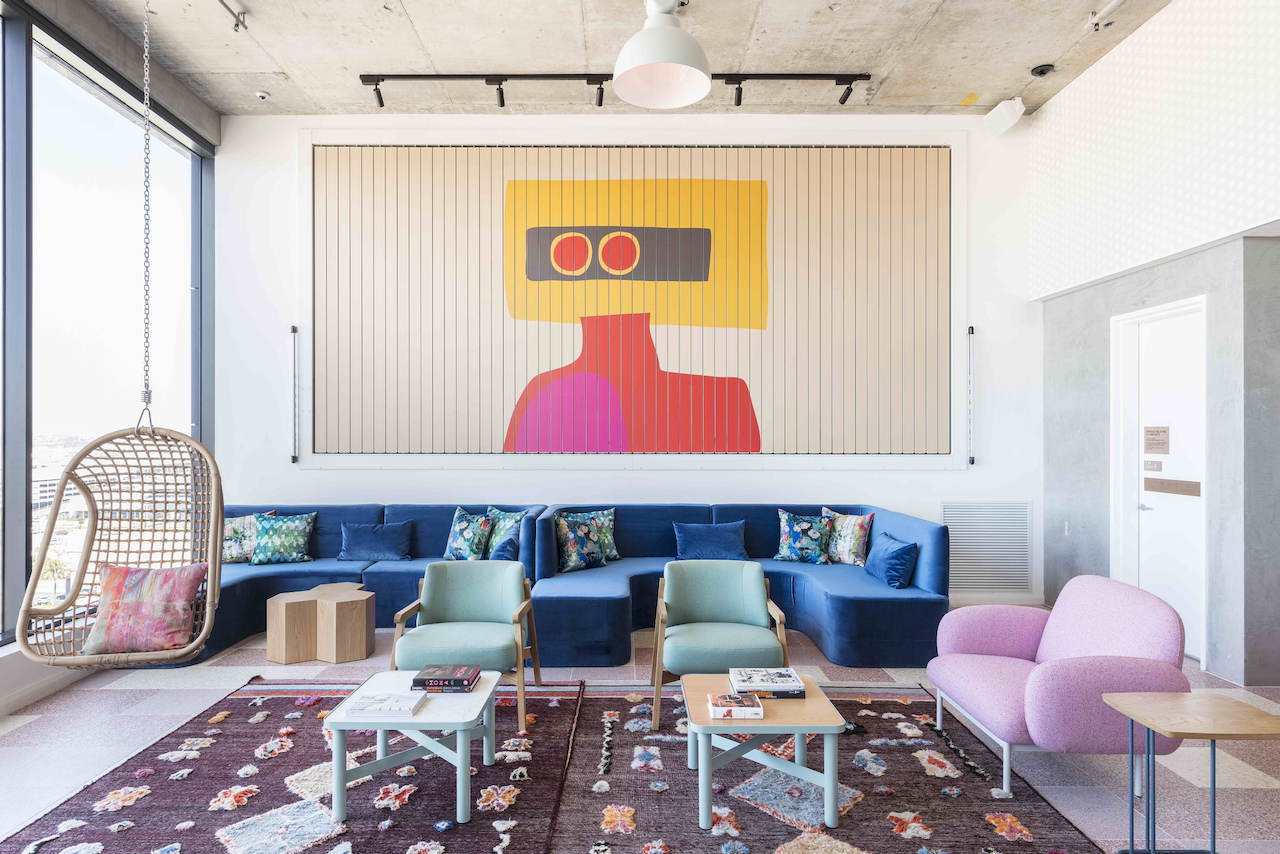
Little Albion Guesthouse in Surry Hills
PF: Little Albion morphed due to uncertainties with council from an original base-line idea of a cute localised guest house to a world class architecturally and interior designed luxury hotel. But we kept the idea of ‘guest house’ whereby the guest should feel as though they’re in their own home, so the front and back gates are locked and feel very residential where only guests could come and go and we had an honour bar with top shelf products with the guest’s mixing their own drinks and Uber Eats menu showcasing Surry Hills best restaurants while our hosts would prepare the delivered food like you’d expect from a Four Seasons hotel rooms service.
Also Albion was a character, an Oliver Twist type of story, an orphan taken in by a wealthy family but with a dubious past and they reside in this spectacular home (the hotel). It was all a bit of bullshit but was fun to use this idea of which the design, the art and the branding were all centred around.
We had a strong team in Terence Yong Architecture and Alessi Design and Build, who offered a remarkable sensibility and Craftsmanship in realising this vision.
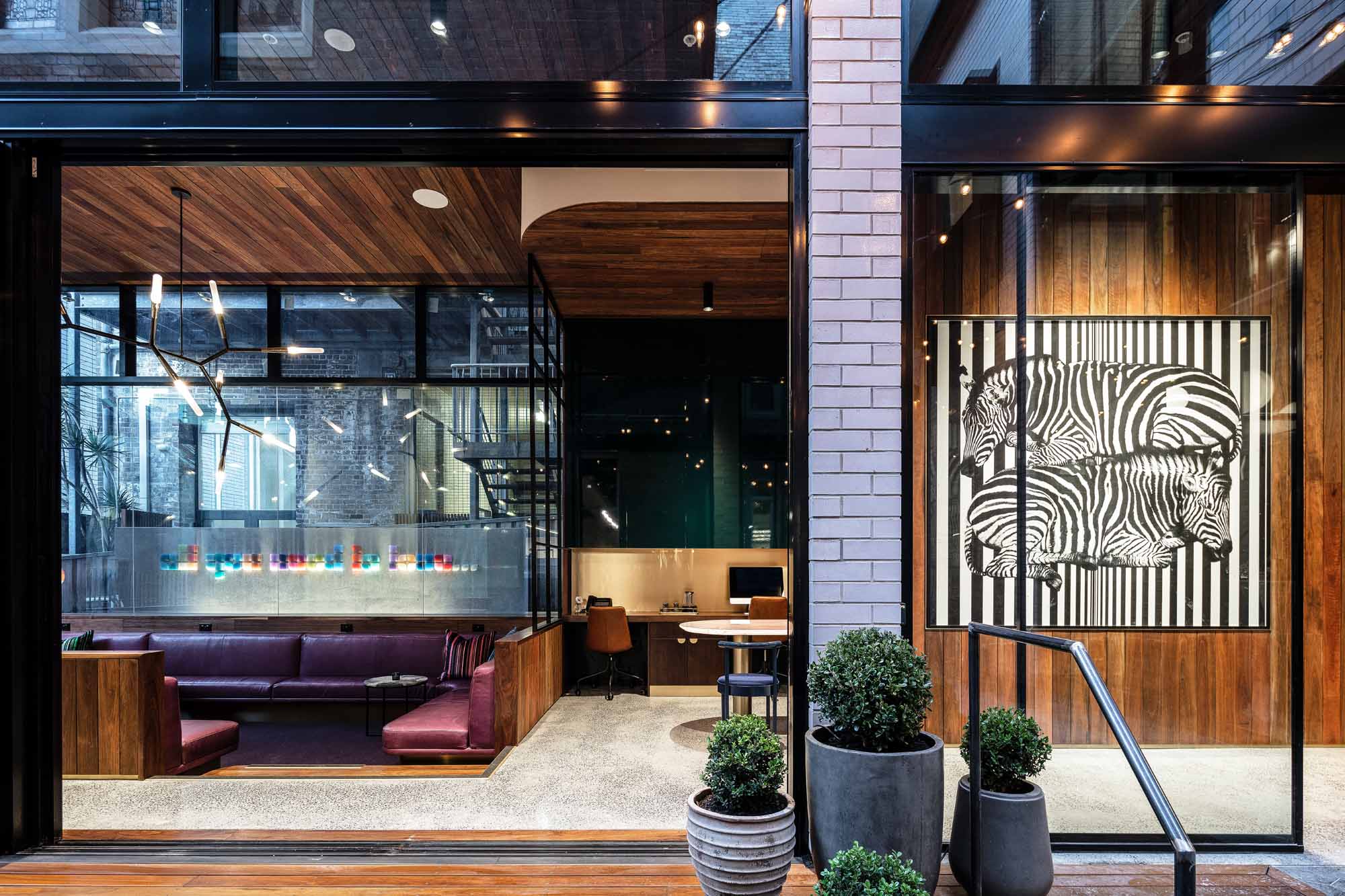
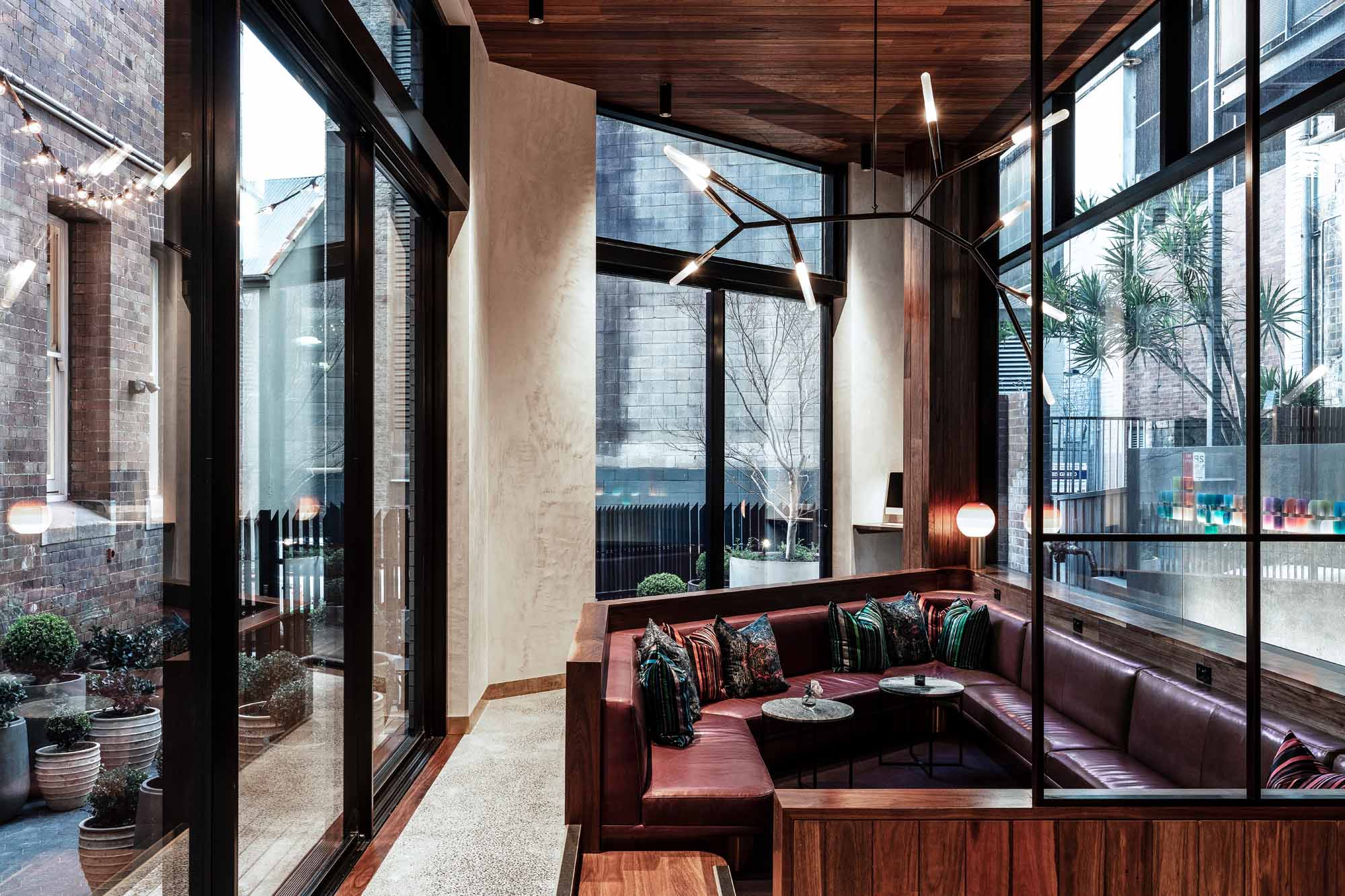
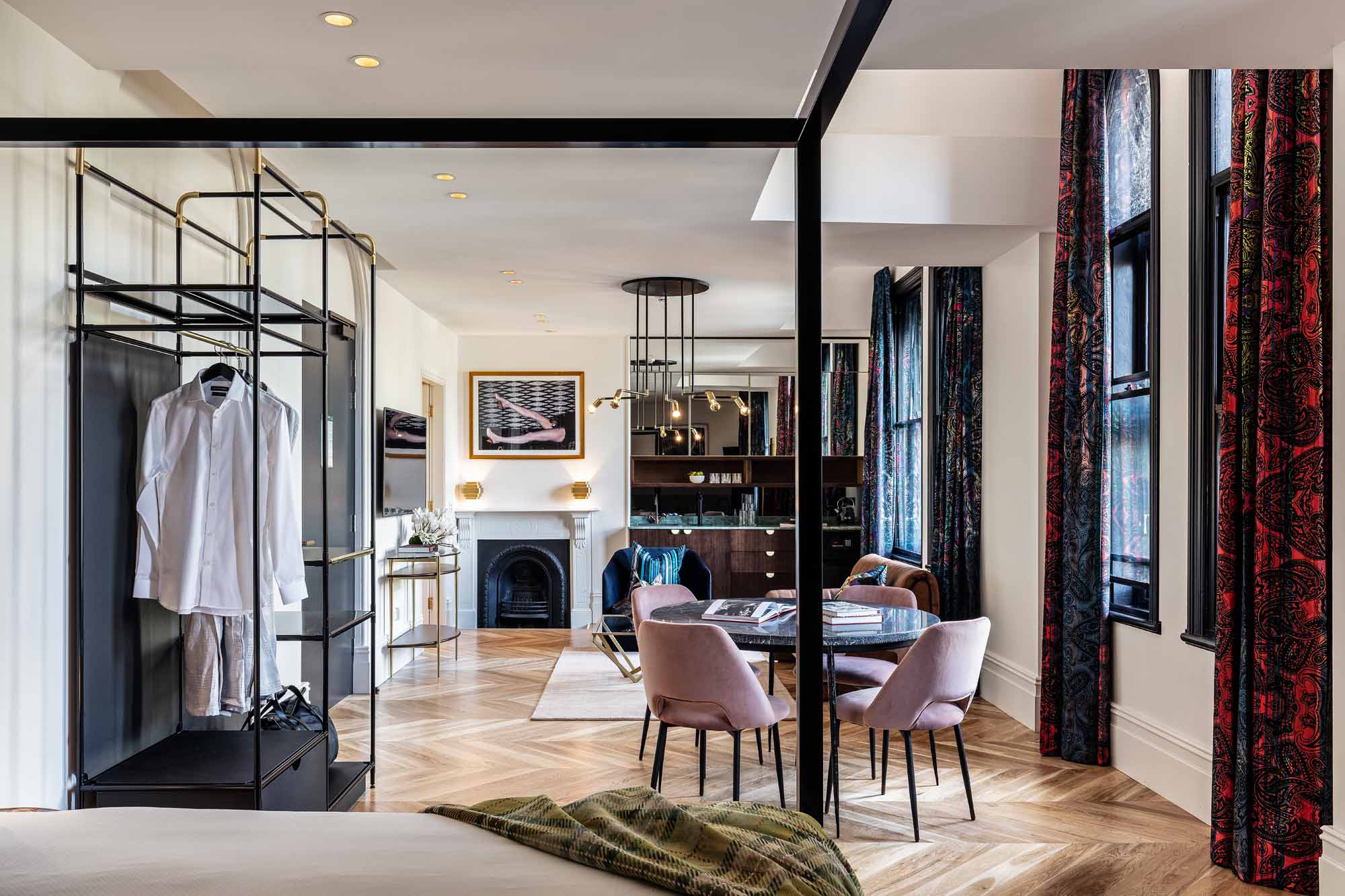
Little Albion presents “a neighbourhood-centric architecture – humble and socially-connected; a microcosm and a storybook of Surry Hills – shaped by the notable characteristics of its heritage context and the local area alike. ” – Terence Yong, architect
BD: Tell us about your upcoming projects and your motivation for choosing these sites.
PF: We have 2 new sites, one in Surry Hills and the other in Anzac Pde Kensington
Surry Hills was a no brainer from a location point of view. It will rival Little Albion which is just around the corner, both in quality and style. We’re building the structure with exposed Cross Laminated Timber, a first for a hotel in Australia and will end up with 40 super high end finished bedrooms with bar and chill out areas inside and out. We’re calling it the Clancy, a new breed of lodging, part AirBnB local, part sophisticated high-end boutique and its being designed and curated channelling a pioneering Australian spirt and Banjo Patterson like poetic flair!
Anzac Parade will nod to our largest neighbour the UNSW, 75 rooms and food and beverage areas designed with a subtle collegiate theme, with a mid 20th century twist and a little East meets West influence. In other words, the ideas are still just that, ideas with nothing yet set in stone yet. We’ve just acquired this site and working through spatial and planning with our architects.
I’ve wanted a site in this location for many years to tap into the strong demand from the University of New South Wales, National Institute of Dramatic Arts, Randwick Racecourse and now with the light rail, the fast growing and vibrant commercial and residential neighbourhood that is Kensington/Kingsford.
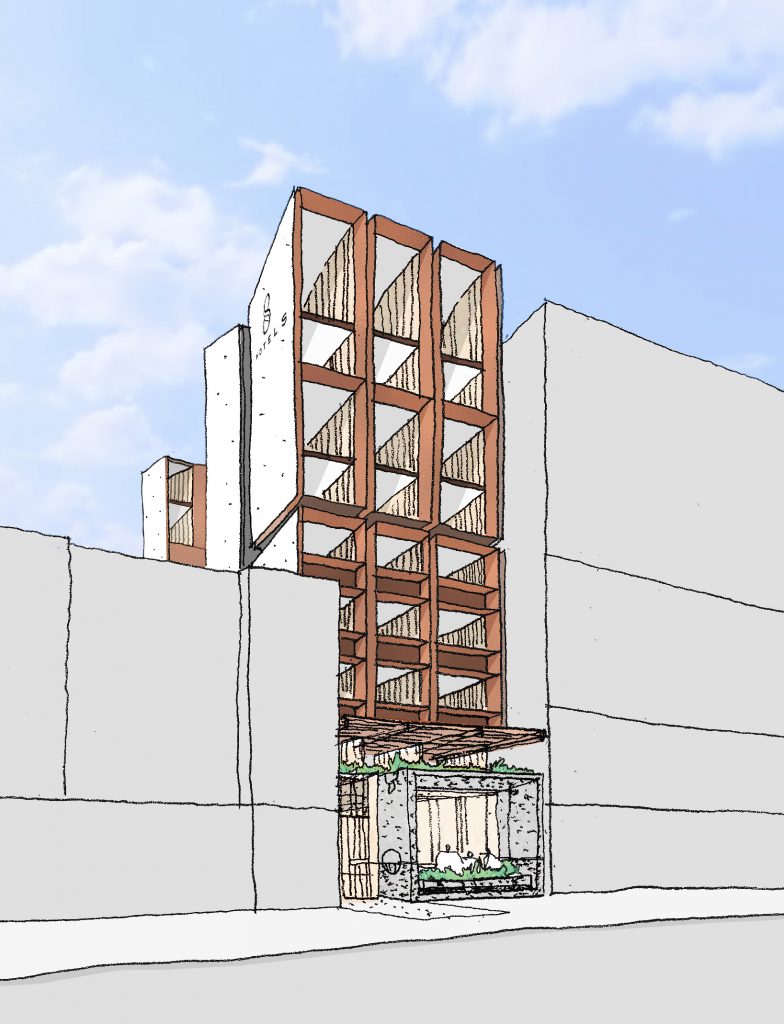
BD: Who are your primary target audience?
PF: For Anzac, definitely users of the above, visiting professors, students, parents of students, creatives from NIDA, guests for the racetrack and also because were so close to the Prince of Wales, I expect to generate business related to the hospital.
BD: Please describe the unique design features and offering that will cater to this set?
PF: At this stage our focus is to build a really beautiful and high-quality boutique hotel that caters to all these markets and helps to elevate Anzac Parade to be one of the coolest areas of town. It should – and will – be but it’s taken quite a beating since the light rail construction started and were very excited to be a part of this transformation.
BD: What is your projection for Australia’s boutique hotel market over the next 3-5 years?
PF: The supply continues to mount both by independents and the large groups. When I started in 2002 there weren’t any substantial groups in the space but that has now changed dramatically. I’d be cautious on developing in all markets outside of Sydney for the foreseeable future. The good news is that in the next 5 years we’ll see a transformative hotel landscape in Australia offering some world-class product across the country which will help to continue the strong growth in our travel market.
BD: Who are the operators most likely to thrive and why?
PF: My view on all businesses these days is that mediocrity is out, if you’re going to do anything it has to be best in class otherwise beware. The quality out there is so high and innovative and that’s why I’ve scaled down my operation so that I can focus on a small number of projects and get them to level they need to be at.
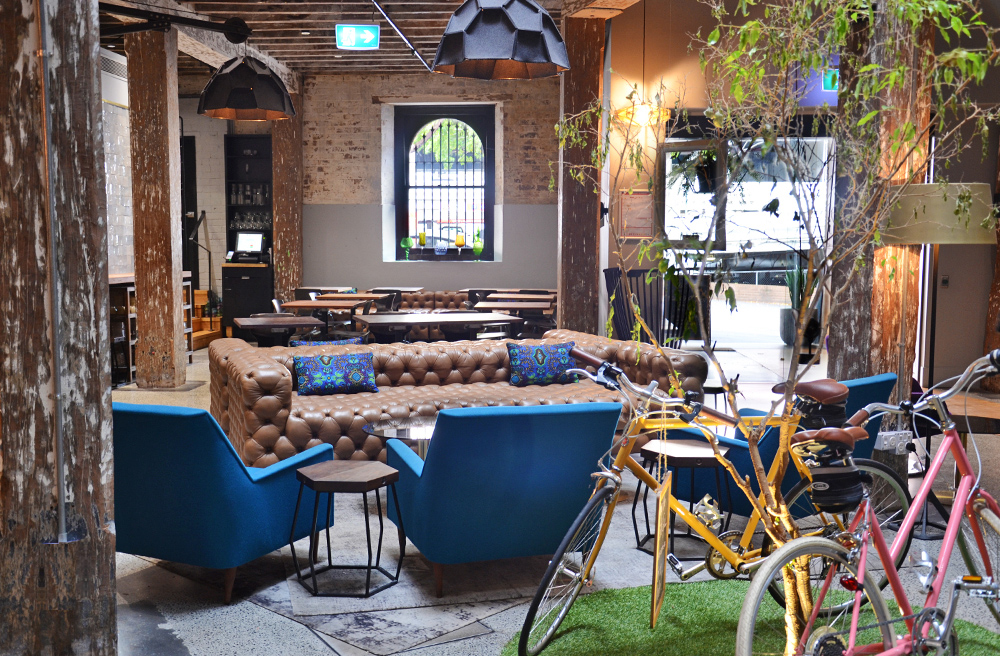
BD: Lastly, some thoughts on the impact of creativity and craft in developing sustainable and well-loved hospitality businesses.
PF: I think that although the world is moving at such a pace on so many levels and that creativity has never been more explosive and craft never been finer, at the end of the day the differentiator in developing sustainable and well-loved hospitality businesses translating to high profitability is all about the people who make the business prosper every day. If your team are motivated and aligned toward the vison and in an environment that fosters learning and growth then you’re 90% on your way. The right culture will trump all!



